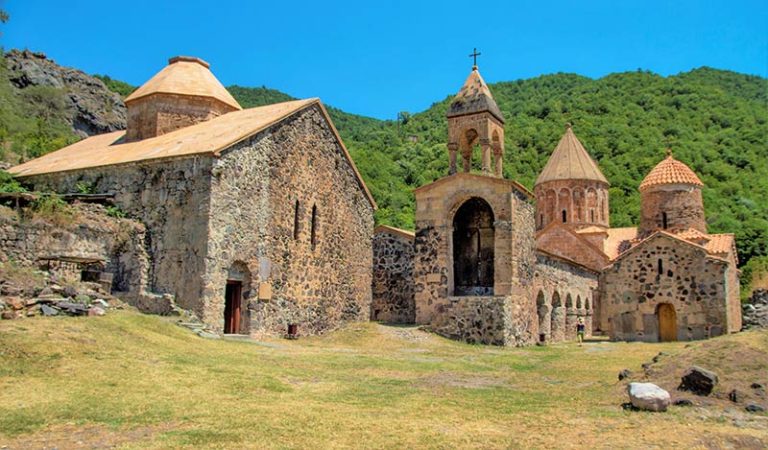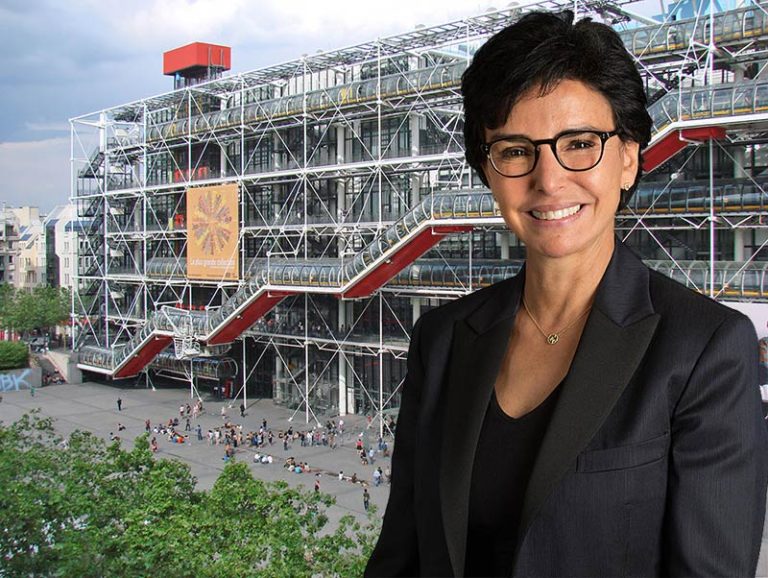The Lille Natural History Museum closed its doors on April 2 to begin a new phase of work. The first stage of the project, carried out from October 2020 to May 2021, focused on the development of a new entrance and the creation of a boutique café. This time, the museum is embarking on major renovation and expansion work which will considerably increase the surface area accessible to the public and create new spaces to present a larger part of the collection. The museum is scheduled to reopen in 2026.
Judith Pargamin, the director of the museum, ensures that “the large gallery that everyone loves will be kept as is and will just benefit from new lighting”. On the other hand, a new construction will be integrated into the building in the form of a glass corridor which will connect the three wings of the museum on all levels. Rémy Cointet, from the Snøhetta architectural firm in charge of the project, specifies that “for architectural coherence, the extensions from the 1950s (from the original building) will be destroyed, to create a courtyard and gardens”. These gardens will house small spaces dedicated to prehistory.
The floors of the Gosselet wing – south wing of 2,500 m² previously occupied by the Regional Environment and Solidarity Center (MRHS) – will now be accessible to the public. A space called a “small museum” will make part of the reserves visible, while a “forum” space will host workshops and meetings. It is also planned to create new temporary exhibition spaces, which will allow the museum to offer two simultaneously. At the end of the work, the museum spaces open to the public will have increased by more than 70%.
The natural history museum of Lille.
This expansion aims to better showcase the collections of the Natural History Museum. Founded in 1822, the museum moved to rue Gosselet in 1902, with its collection of 450,000 objects divided into four collections: geology, zoology, science and technology and ethnography. Due to lack of space, only 5% of the collection was presented to the public until today, with objects only from the geology and zoology funds. The current route will be enriched with the collections of the former industrial and commercial museum of Lille and the ethnographic collection created by the notable Lille resident Alphonse Moillet (1822-1850).
The collections will be divided into several major societal themes through a journey that is intended to be immersive and interactive, with the museum wishing to design “programming in step with the times”which would invite visitors to “place oneself at the heart of a reflection on man and his way of inhabiting the world, of interacting positively with it”. As a sign of this new direction, the museum will be renamed “Muséum de Lille – Sciences et Sociétés” at the end of the work.
When it launched the project in 2019, the municipality of Lille set a budget of 21.8 million euros, including 1 million financed by the Department. Marie-Pierre Bresson, deputy mayor of Lille responsible for culture, however indicated to BFM Grand Lille that this envelope will ” increase “ due to additional costs.







